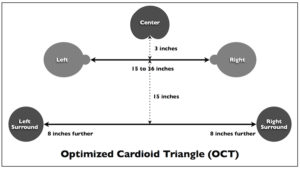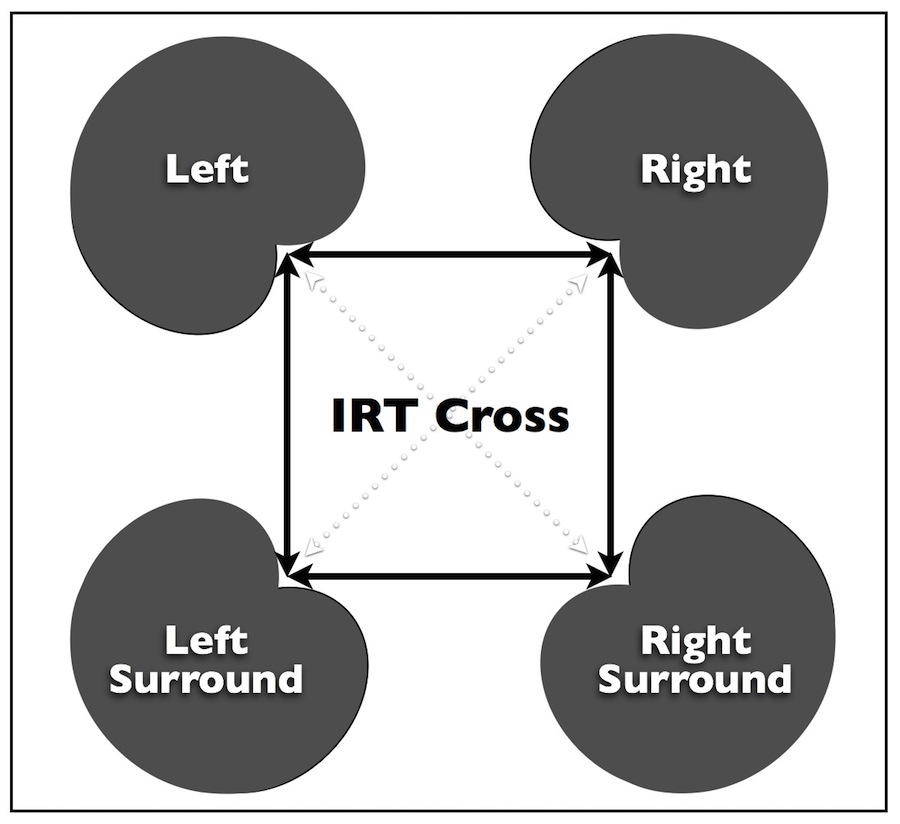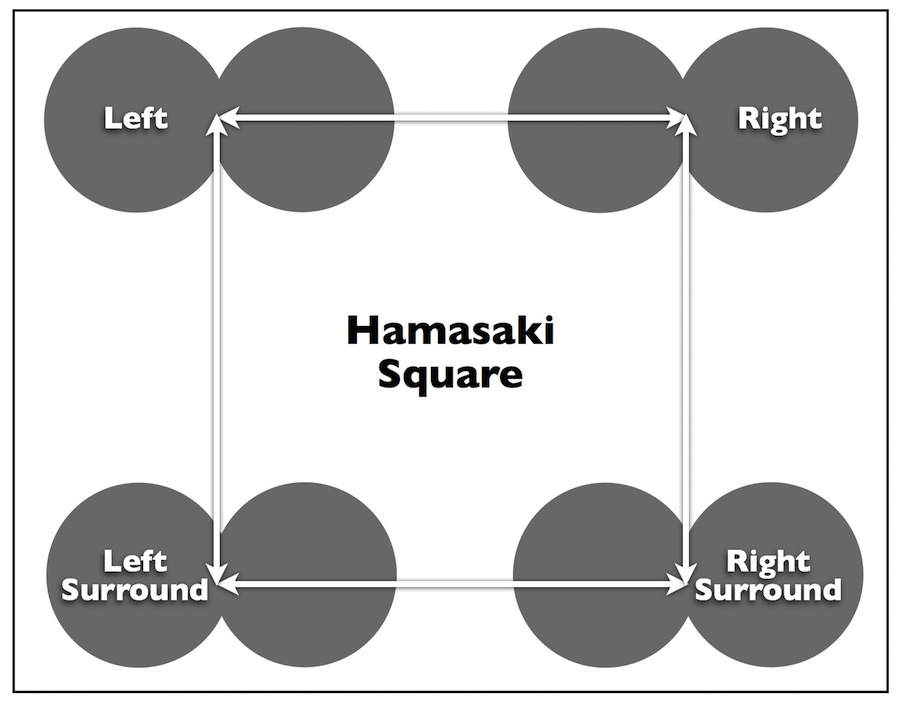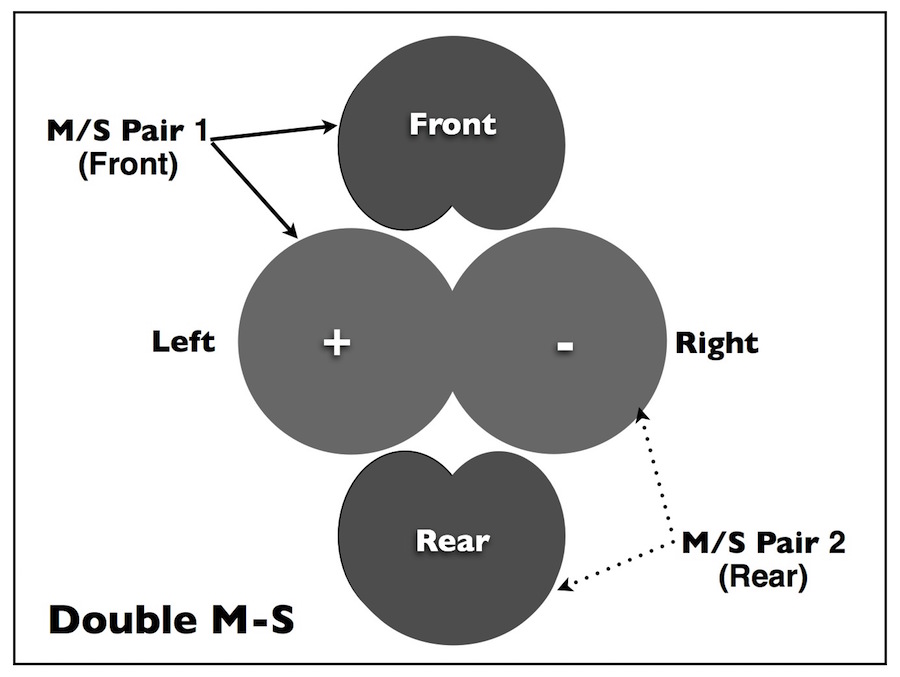- in Engineering , Microphones , Production , Recording by Bobby Owsinski
- |
- 3 comments
4 Surround Sound Miking Techniques Perfect For Virtual Reality
With virtual reality becoming more and more popular, surround sound is making a comeback. While most of the concentration on the audio side of things is on mixing, the fact of the matter is that there’s a lot of interesting information that can be captured during recording. Here’s an excerpt from my Recording Engineer’s Handbook that outlines 4 surround sound miking techniques that don’t require anything fancy in terms of microphones or encoders.
Remember that at it’s most basic, surround sound miking is just an extension of normal stereo miking techniques.
1. OCT Surround
Optimized Cardioid Triangle (OCT) is a modified Decca Tree that uses three cardioid microphones in a triangle with the center mic about three inches or so from the center, and the side mics (which face out towards the sides) 15 to 36 inches away from each other. By adding two additional rear cardioids 15 inches back from the L and R and eight inches farther outside the L and R and pointing to the rear, a surround version of OCT can be derived. For better low end response, omni’s may be substituted.

2. IRT Cross
IRT stands for the German-based “Institute of Radio Technology” where this technique was created. This configuration is in essence a double-ORTF-setup (see ORTF in Chapter 5) with four cardioids arranged in a perfect-square-shape with an angle of 90 degrees to each other respectively. To compensate for the narrower angle compared to ORTF (which is 110 degrees), the distance between the mics is greater (eight inches compared to six inches with ORTF). Strictly speaking, the IRT microphone cross is an array for ambience recording. Its prime characteristic is a transparent and spatial reproduction of the acoustic environment, and was used for many years on NPR’s “Radio Expeditions” spectacular recordings.

3. Hamasaki Square
The Hamasaki Square configuration is similar to the IRT Cross except that figure 8s are substituted for cardioids. The length of each side is much wider, at about six feet, and the figure-8s have their nulls turned to the front so that this array is relatively insensitive to direct sound.

4. Double M-S
The method uses a standard M-S configuration with the addition of a rear facing cardioid mic.

The aim of any recording is to capture the environment as well as the source, and surround miking accomplishes this goal to the extent that we have never heard before. Any of the above methods add a spaciousness that you simply can’t even approximate with outboard processors or any other previously mentioned miking techniques.
You can read more from The Recording Engineer’s Handbook and my other books on the excerpt section of bobbyowsinski.com.

